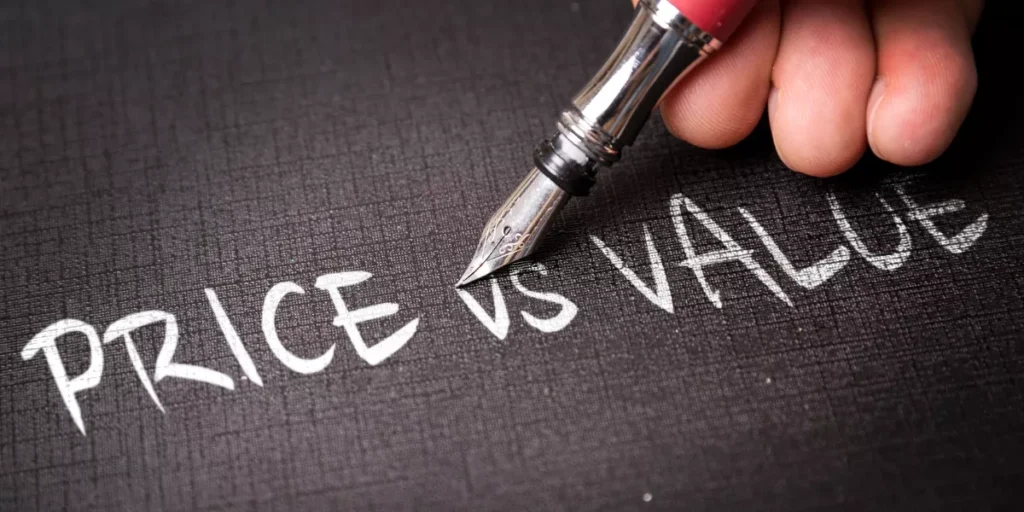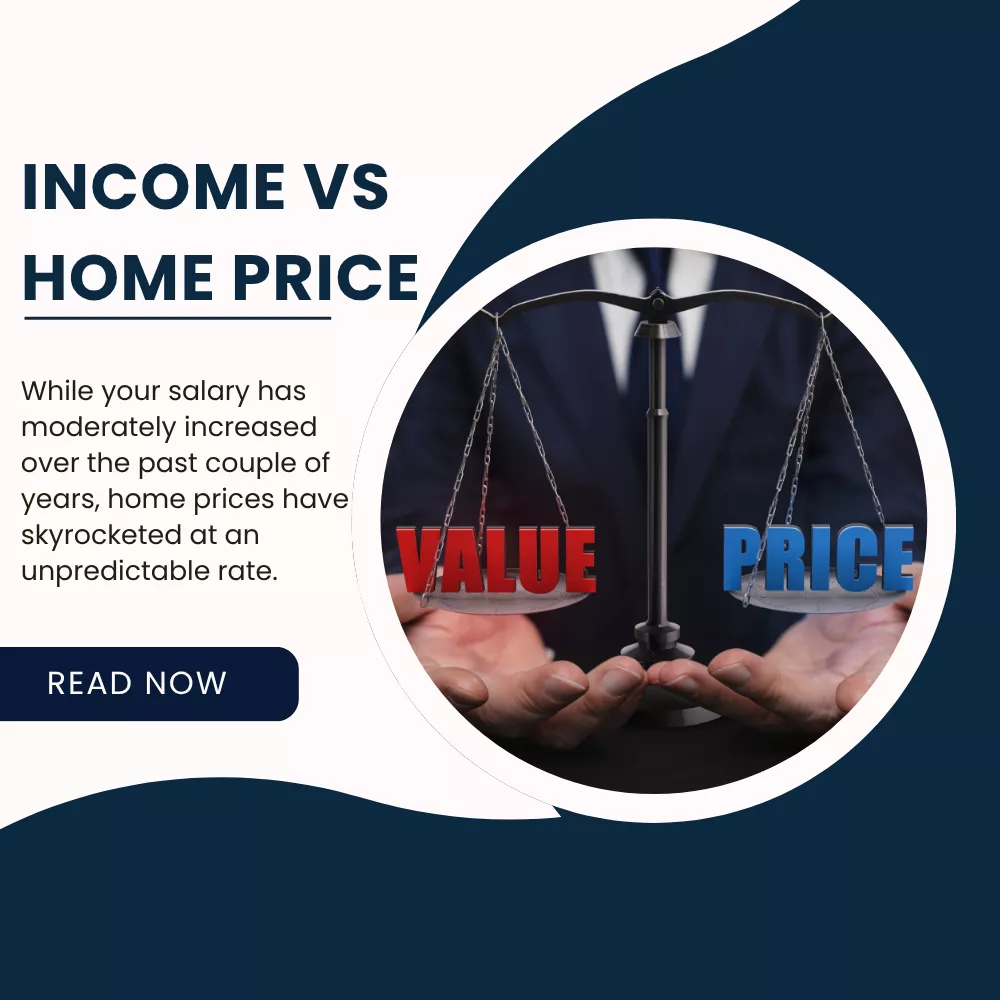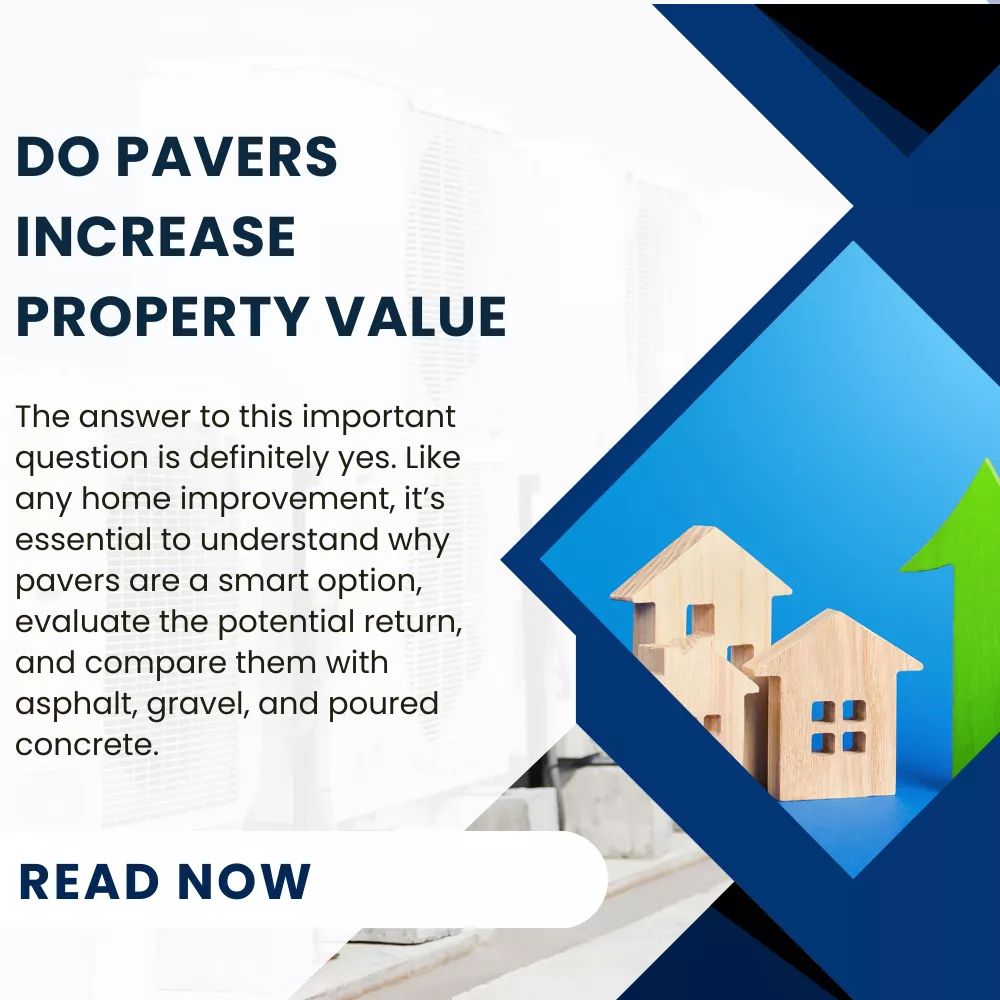Why do you find it even more difficult to own a home in the U.S in recent times? Let’s see. While your salary has moderately increased over the past couple of years, home prices have skyrocketed at an unpredictable rate. This gap of income vs home price makes it important to understand today’s housing affordability crisis.
In this blog, we will look at the historical trends, what it means for potential homeowners in the U.S, and how strategic planning can successfully help you buy a home of your dreams. It is crucial for you to understand the relationship between your income levels and real estate prices in order to make an informed decision at the right time.
So, without further delay, let’s get into it.
Historical Perspective of Income vs Home Price

It was the rule of thumb in the past that a home shouldn’t cost more than 2.6 to 3 times your annual income. For instance, if your household’s earnings are $100K a year, you could reasonably and easily afford a $260K to $300K single-family home with reasonable monthly obligations to pay. However, looking at the current market conditions, the balance is disrupted.
The recent data by Joint Center for Housing Studies of Harvard University suggests that the gap between home prices and income has reached an unprecedent level. The median home price in the U.S now exceeds the record high of 5 – 6 times the median incomes, that significantly impacts affordability of the U.S. citizens.
In Texas, home sale prices are more reasonable compared to the coastal states, but bigger Texas cities like metro areas of Austin and Dallas still face similar affordability issues for average 30-year fixed mortgages.
The Current Housing Market
By the end of 2024, the national median-priced home was over $400K, while the median annual household income hovered around $75K. Here, the home price to income ratio is far beyond the ideal threshold. Means you will have to purchase a home 5.3 times the yearly household income.
In a hot market like Austin, median sale prices are near $500K, while the local income is way behind. This means that a middle-income family is priced out of desirable neighborhoods unless they pay a large down payment. They can also use another financing options like FHA loan offered by mortgage lenders but they will need private mortgage insurance to be able to afford a median-priced home .
A Healthy House Price to Income Ratio
Most finance experts recommend that the ratio stay within the 2.5 to 3 times ratio to comfortably afford monthly costs. It means if you are making $100K, the upper limit of your home purchase should be between $300K to $350K with average interest rates.
If you go beyond this ratio, it will lead to house cost burdens where you will be spending 30% of your income on monthly debt payments aside from the utility and paying bills on time. The 2.5 to 3 times ratio limit brings financial flexibility, and its absence can increase the risk of default during economic downturns.
Reasons for Home Prices Outpacing Income
There are several factors that contribute to the growing affordability gap of income vs home prices. Some of the reasons are:
- Low Housing Inventory:It drives up the competition and demand for the limited houses available.
- Investor Activity: It increases the demand for houses in the residential areas.
- Supply Chain Issues: The logistics and supply chain problems result in raised construction costs of the houses.
- Zoning Laws and Regulations:These laws and regulations contribute to limiting new builds in residential areas.
- Inflation: The price hikes, high property tax and mortgage rates, and inflation cause interest rate volatility.
These factors combine to create a storm of high prices, especially for 30-year mortgages, while wages grow much lower.
Home Affordability in Texas

In many parts of Texas, you can still afford homes more than the national average, but they are not immune to inflation. Realtor Nitin Kumar, a trusted name in the Texas real estate market, notes that homebuyers need to carefully assess their qualification, and their realistic affordability month to month.
If your bank says you have the income to afford $450K for an average house, that doesn’t mean you should spend that amount on your house. You need to consider other expenses, such as lifestyle, future expenses, and maintenance costs.
Nitin talks about How to Buy a Property in Texas to help clients make strategic buying decisions.
What if Home Prices Exceed Your Budget
If you are finding your dream house in your desired neighborhood, but it is out of your affordability range:
- Expand: Try expanding your search radius to nearby areas like suburbs.
- Consider: Considering a smaller property than your desired size or a fixer-upper also helps.
- Down Payment Assistance Programs: Look into mortgage payment programs to assist you with down payments.
- Buy Now, Upgrade Later: Start small and then start building your equity.
Remember not to skip the detailed walkthrough of the potential house before closing. Don’t know how to? Here is a detailed blog: What to Look for During a Walkthrough Before Closing
Tips for Planning for Affordability
Here are some of our expert tips that you can apply before buying a house as a first-time buyer or a seasoned investor in order to plan for your affordability:
- Get your mortgage pre-approval early.
- Try to keep your debt-to-income ratio under 36%
- Save lump-sum money for your down payment beforehand.
- Pay down debts and maintain a strong credit score (minimum of 650).
- Partner with a knowledgeable and experienced realtor.
If you have a great buying strategy and preparation, there is a good chance that you will land the offer of your choice with reasonable homeownership costs.
Conclusion
While you face a lot of challenges in the real estate market of Texas and overall the U.S, knowledge is still power. While pondering the income vs home price, you should understand how your income stacks up against home prices to make a more informed and confident decision.
Smart planning and the right support can help you achieve your dream of homeownership and make it a reality, even if the market is tough.
Still confused about how much house you can afford? Let’s connect and discuss your homeownership goals today!
Frequently Asked Questions
Q. What is the average US house price vs income?
A: As of the end of 2024, the median home price is about $400K, and the median household income is about $75K. This puts the home price-to-income ratio at about 5X more.
Q. How much home can I afford with a 100k salary?
A: With an income of $100K per annum, you can generally afford a home between $300K to $400K, depending on the debt loan and down payment that you will have to pay.
Q. What is the ideal house price to income ratio?
A: The ideal home price-to-income ratio ranges from 2.6 to 3.5 times. Going beyond this point will increase your financial risk.
Q. How much should a home cost compared to salary?
A: Most experts suggest that you shouldn’t spend more than 30% of your monthly income on monthly mortgage payments of your house, and it should not be more than 3 times your gross annual income on the home price.







